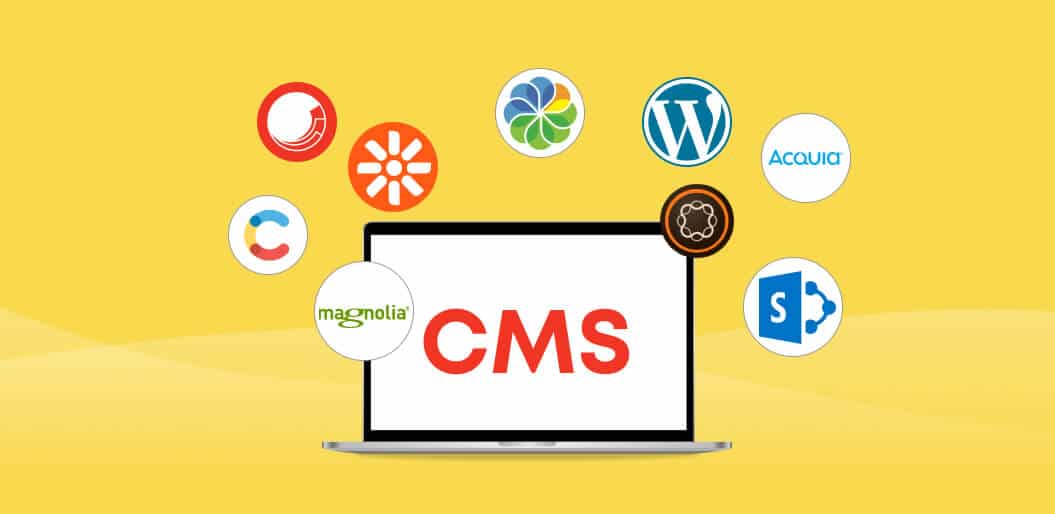How to Choose a Content Management System For Your Site

The traditional CMS system creates a connection between the backend (which contains a database of plugins to store content) and the frontend (which has built-in CSS templates to display relevant content on your website). However, the traditional CMS system is too rigid and this is why developers are turning to headless CMS to deliver engaging digital experiences.
What content management system means?
CMS stands for content management system. CMS is a computer software or application that uses a database to manage all content and can be used in the development of a website. A CMS can therefore be used to update content and / or your website structure. With the development of new digital technologies, customers expect you to have trending content and information on hand. When it comes to reliability and flexibility, choosing a CMS platform is critical to your financial success in a rapidly evolving business landscape.
Importance of CMS?
A CMS solution is a better option if you are building a large website with multiple pages or if you want to make changes or additions to your website later. That’s because a CMS makes it easier to edit existing pages, publish new pages, add an online store, create web forms, and so on. The headless CMS system has a standardized design that allows you to add a variety of features to make it easy to customize. It is possible to run a marketing campaign with the base platform and add more features as the traffic increases.
How CMS can help your content strategy?
When content management is done well, your company can improve your processes, manage resources more efficiently, and increase your opportunities to minimize risk. Instead of using a multichannel platform that pulls content from different sources, it is better to optimize a single API-based structure that allows seamless interaction between different platforms. While most companies deliver great content through multichannel strategies, others prefer omnichannel strategies
What are content management systems used for
A content management system (CMS) is an application that is used to manage web content and allows multiple contributors to create, edit and publish it. Content in a CMS is usually stored in a database and displayed in a presentation tier based on a series of templates. It is important to tailor your products and services to evolving customer preferences. With a versatile CMS platform, you can update your website and tailor your content to suit your customers’ needs now and in the future. Headless CMS makes your content future-proof
How does a CMS work?
A CMS is an application used to manage and publish web content that allows multiple users to create, edit, and publish posts without having to beg a developer. It also provides versioning and authoring workflow to keep large, global sites consistent. What exactly is a content strategy framework? In short, it’s a structured plan of attack of how you will be creating content, why you are creating it, who you are creating it for, and how it will feed into the buying process. Key components of an effective content framework.
Building your own CMS takes a lot of time. With pleasure if you want to do a good job. If you can’t invest a lot of time maintaining your own CMS every month after you’ve built your first version (which also takes a lot of time), then you shouldn’t be creating one
When should you not use a CMS?
CMS products inhibit your ability to create semantically structured source code. CMS products often make simple tasks more complex. All CMS products cause gas on your pages, which can increase page loading time and affect performance.
As technology evolves, your customers demand a quick and easy-to-use way to find engaging content. Because of this, versatility is essential when choosing a CMS platform. Since there will soon be a new platform, headless CMS ensures easy synchronization between frontend and backend across multiple platforms regardless of the structure. Scaling your platform to accommodate this traffic improves the customer experience and increases revenue.
Also Read: SEO Tips That Will Improve Your Web Design




